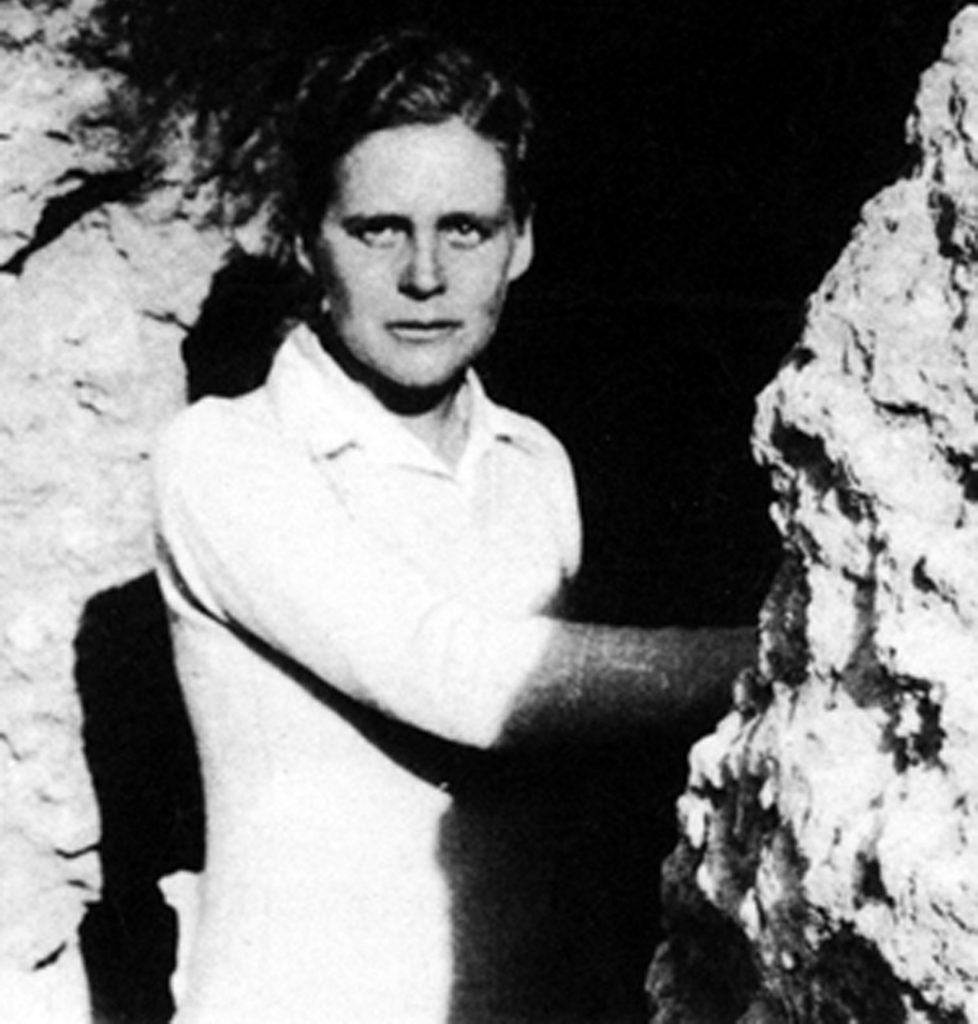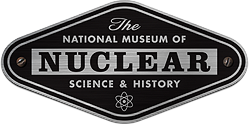Edith Warner lived in a house next to the Otowi Suspension Bridge in New Mexico, where she fed and entertained many prominent members of the Manhattan Project. Warner origninally oversaw the "Chili Line" railroad as it travelled in and out of Santa Fe, but the outbreak of World War II brought an end to the train. Instead, Warner began hosting dinners in her home and scientists, such as Robert Oppenheimer and Niels Bohr, sought out her food and company. Along with her partner, Atilano Montoya, an elder of the San Ildefonso Pueblo, Warner represented an intersection between the local culture and the lives of the scientists. Both communities accepted her as a part of their own. Her unique relationship to the Manhattan Project is chronicled in Peggy Pond Church's 1959 book, The House at Otowi Bridge.
Edith Warner
Local WomanLos Alamos, NM

Edith Warner’s Timeline
19281941 Edith Warner oversees the “Chili Line” railroad’s arrival in Santa Fe, until the outbreak of World War II.
1943 Warner accepts Oppenheimer’s request to host dinner parties in her home.




